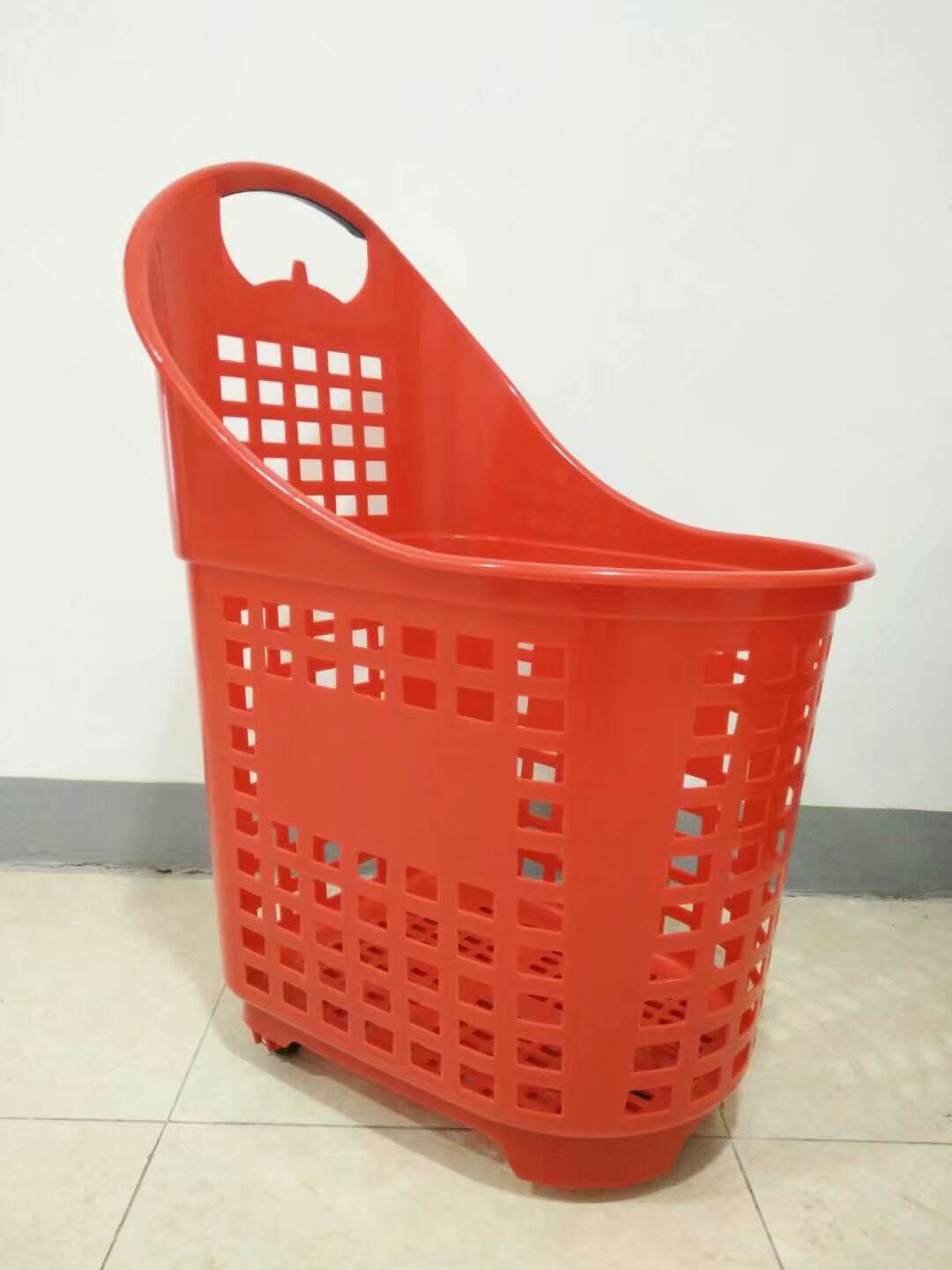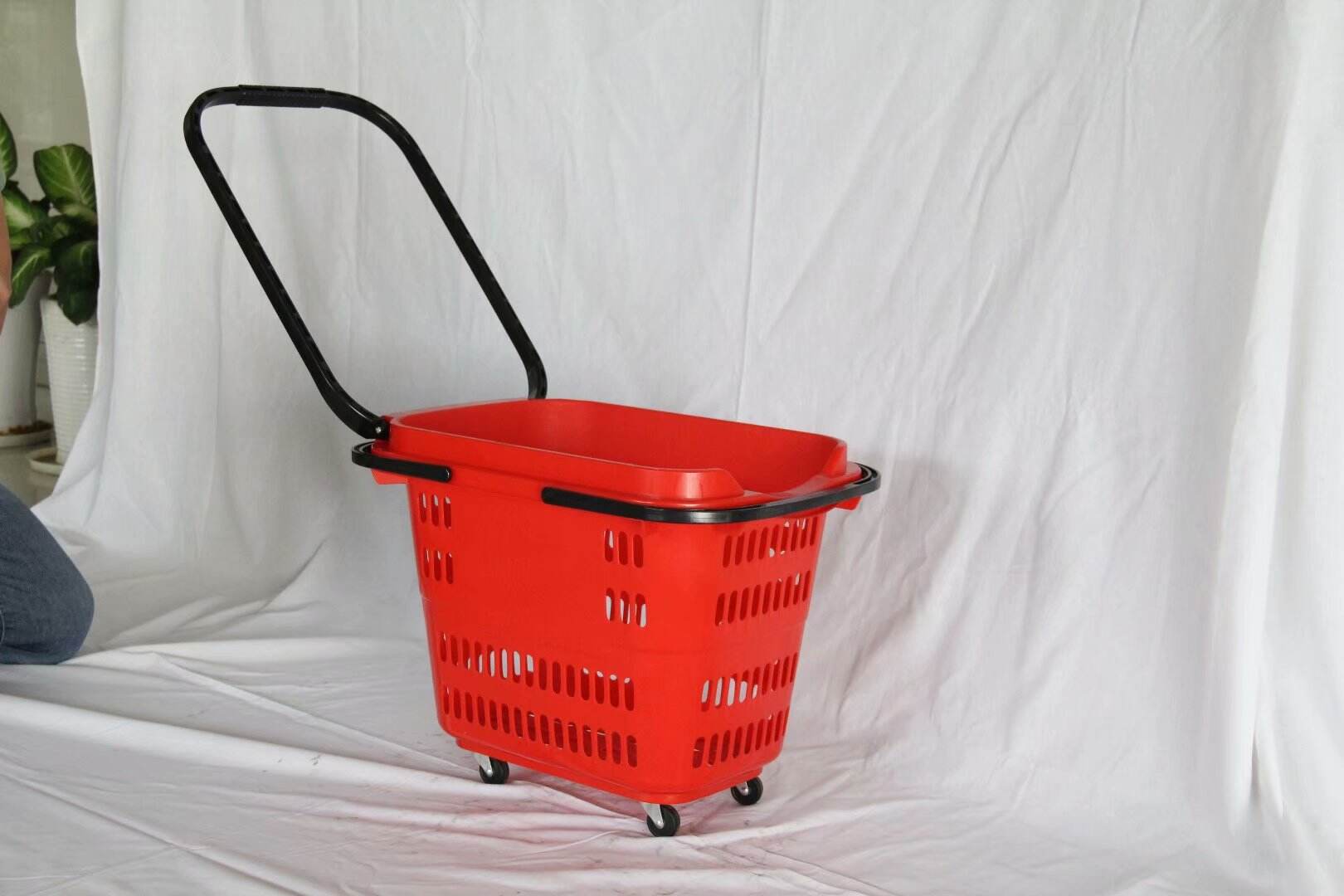Transforming Retail Spaces with Modern Storage Solutions
The modern retail environment demands smart, flexible, and space-efficient solutions that maximize every square foot while enhancing the shopping experience. Stackable baskets have emerged as a revolutionary tool for retailers seeking to optimize their store layouts and improve operational efficiency. These versatile storage solutions not only help create organized, visually appealing displays but also contribute significantly to inventory management and customer satisfaction.
From small boutiques to large department stores, the implementation of stackable baskets has proven to be a game-changing strategy for retailers looking to streamline their operations. These innovative storage solutions offer unprecedented flexibility in merchandise presentation while maintaining a clean, professional appearance that resonates with today's discerning shoppers.
Design Features and Benefits
Ergonomic Construction and Durability
Modern stackable baskets are engineered with premium materials that ensure long-lasting performance in high-traffic retail environments. The robust construction typically features reinforced corners and stable stacking mechanisms that prevent sliding or tipping. Most designs incorporate ergonomic handles and smooth edges for safe handling by both staff and customers.
The durability of these storage solutions translates into significant cost savings over time, as they require minimal maintenance and resist wear and tear effectively. Their sturdy construction allows for consistent use in various retail settings, from lightweight accessories to heavier merchandise.
Space Optimization Capabilities
One of the primary advantages of stackable baskets is their ability to maximize vertical space utilization. When properly implemented, these systems can increase storage capacity by up to 60% compared to traditional shelving solutions. The modular nature of stackable baskets allows retailers to adjust and reconfigure displays quickly as inventory needs change.
The versatility of stackable baskets extends to their ability to fit into various store layouts, whether it's creating eye-catching end-cap displays or organizing stockroom inventory. Their standardized dimensions ensure seamless integration with existing store fixtures and easy reconfiguration during seasonal changes.

Implementation Strategies
Visual Merchandising Techniques
Successful implementation of stackable baskets begins with thoughtful visual merchandising strategies. Color-coding different basket levels can help create intuitive shopping zones and improve customer navigation. Creating varying heights and depths with stacked configurations adds visual interest while maintaining organization.
Retailers can enhance product visibility by incorporating lighting solutions that complement the basket arrangement. Strategic placement of stackable baskets at eye level and below ensures products remain accessible while maximizing vertical space utilization.
Traffic Flow Optimization
Careful consideration of customer traffic patterns is essential when positioning stackable baskets within the store layout. Creating clear pathways between basket displays helps prevent congestion and enhances the shopping experience. The modular nature of these storage solutions allows for easy adjustment to accommodate peak shopping periods and special events.
Implementing a logical flow pattern with stackable baskets can guide customers through different merchandise categories effectively. This strategic placement not only improves navigation but also increases exposure to various product lines, potentially boosting sales.
Maintenance and Organization
Cleaning and Care Protocols
Maintaining the appearance and functionality of stackable baskets requires consistent attention to cleaning and care procedures. Regular cleaning schedules should include thorough sanitization of surfaces, especially in high-touch areas. Using appropriate cleaning solutions that won't damage the basket material ensures long-term durability.
Staff training on proper handling and maintenance procedures is crucial for extending the lifespan of stackable baskets. This includes guidelines for stacking height limitations, weight distribution, and proper alignment techniques.
Inventory Management Systems
Effective inventory management becomes more streamlined with well-organized stackable basket systems. Implementing clear labeling systems and maintaining consistent product placement helps staff locate items quickly and efficiently. Regular inventory counts and rotation of merchandise prevent stagnation and ensure fresh presentation.
Digital inventory tracking systems can be integrated with physical basket organization to provide real-time stock levels and reordering triggers. This combination of physical and digital organization maximizes the benefits of stackable basket implementations.
Future Trends and Innovations
Sustainable Materials and Design
The future of stackable baskets is moving toward more sustainable materials and eco-friendly designs. Manufacturers are developing recyclable and biodegradable options that maintain the same level of durability and functionality. These innovations align with growing consumer demand for environmentally responsible retail practices.
Advanced materials technology is enabling the creation of lighter yet stronger stackable baskets that reduce shipping costs and carbon footprint. Smart design features are being incorporated to extend product life and minimize waste in retail operations.
Technology Integration
Emerging technologies are revolutionizing how retailers utilize stackable baskets in their operations. RFID-enabled baskets can track inventory movement and provide valuable data on shopping patterns. Some innovative designs include built-in LED indicators for inventory management and customer guidance.
The integration of smart sensors and IoT capabilities with stackable basket systems promises to further enhance retail efficiency and customer experience. These technological advances will continue to evolve, offering retailers new ways to optimize their store layouts and operations.
Frequently Asked Questions
What is the optimal stacking height for retail display baskets?
The recommended stacking height typically depends on factors such as basket size, weight capacity, and store ceiling height. Generally, maintaining stacks at or below eye level (approximately 5-6 feet) ensures safe access and optimal visibility. Always consult manufacturer guidelines for specific weight and height limitations.
How can retailers maximize the longevity of their stackable basket investment?
To extend the life of stackable baskets, implement regular cleaning schedules, train staff on proper handling techniques, and avoid exceeding weight capacity limits. Rotate baskets periodically to distribute wear evenly, and address any damage promptly to prevent further deterioration.
What considerations should be made when selecting stackable baskets for different merchandise types?
Consider factors such as product size, weight, and turnover rate when choosing stackable baskets. Ensure basket dimensions accommodate your largest items comfortably, and select materials appropriate for your merchandise weight and handling requirements. Factor in ventilation needs for certain products and the frequency of reconfiguration in your store layout plans.

